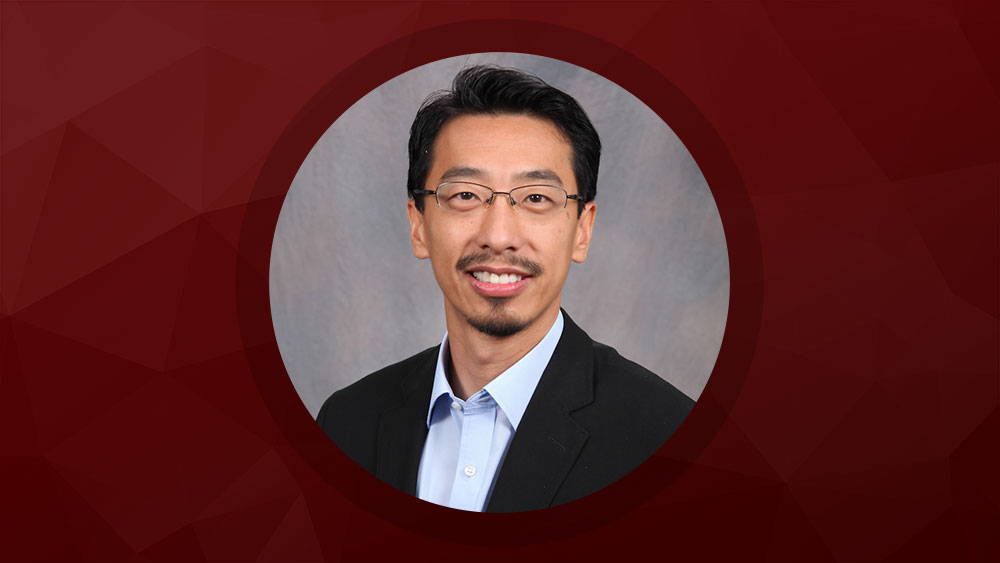
When faced with a mathematical problem people normally reach for a calculator rather than a pencil and paper. By utilizing technology, the problem-solving process is streamlined — producing an accurate and relevant answer without the hassle, time and labor involved in solving it by hand.
Similarly, as technology continues to advance and big data research forges forward into the future, the need to innovate novel information system software that delegates work to computers, makes research more efficient and optimizes the investigative process is critical.
In a duo of complementary projects funded by the National Science Foundation, Dr. Chao Tian, associate professor in the Department of Electrical and Computer Engineering at Texas A&M University, is aiming to do just that.
Information systems are everywhere.
From communication and storage systems, such as the cloud, to privacy and security systems, businesses, governments, individuals and researchers alike interact and rely upon them to operate effectively. However, while the technology is rapidly advancing, research methods are falling behind.
“Traditionally, when researchers have conducted theoretical work in order to understand information systems, they have to go into it and derive a formula,” said Tian. “The purpose of these projects is to push toward developing some computational method such that we can actually automate that part of the workload so that we, as researchers, don’t have to sit there all day and work it out by hand.”
His research strives to accomplish this, not only by establishing the theoretical groundwork needed for computational development, but also eventually creating a software toolbox for researchers to use to explore the fundamental limits — or optimal operational boundaries – of information systems.
“When you’re looking at a system you can say, for example, that you want to know the most efficient way to do a task. But you also need to know what you cannot do. It’s a theoretical question in one sense, but also highly practical. If you know the fundamental limits, you won’t spend time trying to beat that because you’ll know there’s no way to do better,” said Tian.
In his first project, “Fundamental Limits of Information Systems: A Computational Approach,” Tian combined information theory and linear programming methods to create a computational framework that characterizes fundamental limits and to explore how it can be applied to big data infrastructure.
Viewing the identification of fundamental limits as an issue of optimization — in that, without knowing the specific constraints of a system, it is difficult to enhance or advance it — his success in creating such a framework is paramount. In addition to bridging computational optimization and information theory, his project also sets the stage for more accurate performance evaluations and design guidelines for big data systems.
Now, armed with his framework and previous project findings, Tian is working in collaboration with Dr. James Plank, professor at the University of Tennessee, to construct a digital toolbox that will make future information systems and big data research more efficient and time-effective.
Their toolbox, as described briefly in their project titled “A Software Toolbox for Computing and Exploring the Fundamental Limits of Information Systems,” will be an open-source software toolbox to bolster information system research. By harnessing advancements in computer technology, it will efficiently incorporate computational intelligence into information system research. Through it, researchers will be able to build computer software with minimal programming expertise, which will analyze an information system, formulate an optimization problem, and utilize a computational optimization solver to draw conclusions regarding the fundamental limits and code constructions.
Ultimately, it will take some of the responsibility of innovation and investigation off the shoulders of the researcher and place it onto their personally-designed software — like using a calculator to solve a mathematical equation.
“The whole research community can benefit from this,” said Tian. “These projects will help support researchers in academia and in the field by putting a tool in their hands that will delegate a large part of the work. There is still a long way to go, but we are getting closer to the end.”